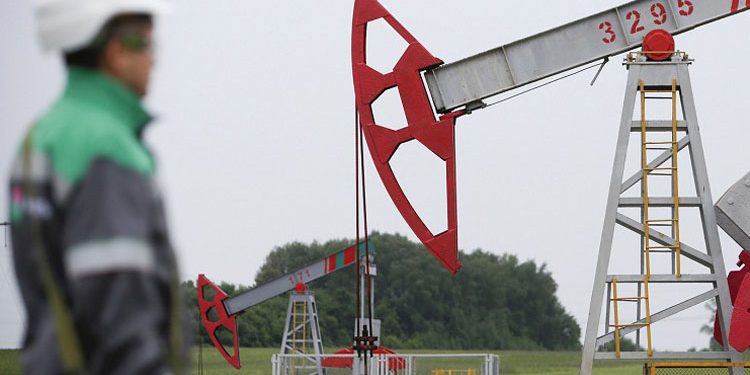Cascade Filtration Will Protect Wells From Sand
Tatneft has found a new effective way to deal with sand intrusion in wells – step-cascade. The removal of mechanical impurities significantly reduces the reliability of the underground equipment of oil wells. Oil News writes about this (Konstantin Pokazaniev).
Such impurities can be sand, proppant (granules for hydraulic fracturing), abrasive slurry. To combat this phenomenon, the company uses 12 types of filtering devices of mechanical action and six types of gravitational ones. However, in wells with intense sand production, these methods are not always effective due to the high concentration of suspended particles in the produced product. One filter cannot always clean the liquid.
Therefore, Tatneft decided to create a non-standard stepwise cleaning technology. The new filter contains an upper part rigidly connected to the wellhead by means of a tubing string (tubing string). The lower part is fixedly installed on the production string by means of a packer. The string can be hermetically separated into under-packer and above-packer cavities.
The presence of a packer in the assembly in this version does not prevent flushing of the downhole pump and the above-packer cavity. The non-return valve closed during flushing eliminates the injection of mechanical impurities into the under-packer cavity and formation.
The developed version includes two methods for protecting GNO from the influence of mechanical impurities. The mechanical method is possible with the help of filtering devices in the lower and upper parts of the layout. Physical protection is provided by gravitational settling of mechanical particles due to a change in the direction and speed of the fluid flow in the under-packer zone.
The advantages of the cascade layout of downhole equipment allow to increase the turnaround time (MTO) of equipment operation. This is done by reducing the concentration of mechanical impurities at the inlet to the pump intake filter.
In this case, an additional zone of deposition of mechanical impurities is formed. All this reduces the complexity of underground workover of wells (WRS). In this case, the lower part of the downhole equipment is raised less frequently than the upper part.
To date, the layout has been implemented at five complicated Tatneft wells. The mean time between failures is 470 days. The economic effect per well reaches 550 thousand rubles. This technology can be applied to another 115 wells of the company.











